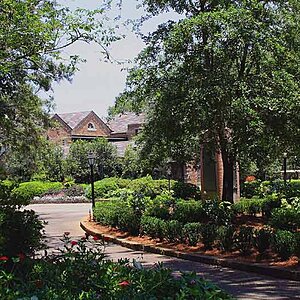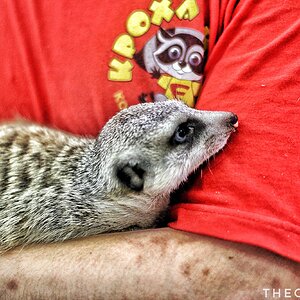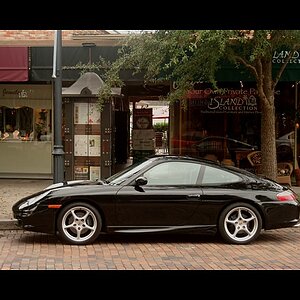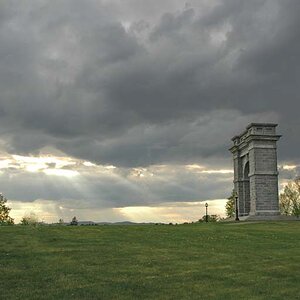vipgraphx
No longer a newbie, moving up!
- Joined
- Dec 1, 2011
- Messages
- 2,415
- Reaction score
- 440
- Location
- Some Where In the Desert
- Can others edit my Photos
- Photos OK to edit
I was wanting to know how in the world do people take photos with large focus areas with large/wide open apertures?
I have always thought that if you had a 50mm 1.8 lens and shot at 1.8 that the focus area would be very small. I have been seeing some images out there where they are using same lens and f-stop and are able to get a large focus area.
What am I missing?
I have always thought that if you had a 50mm 1.8 lens and shot at 1.8 that the focus area would be very small. I have been seeing some images out there where they are using same lens and f-stop and are able to get a large focus area.
What am I missing?


![[No title]](/data/xfmg/thumbnail/40/40284-f59f6230f0d5b9eacf977f8b0392f087.jpg?1619739407)

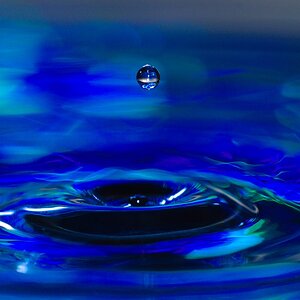
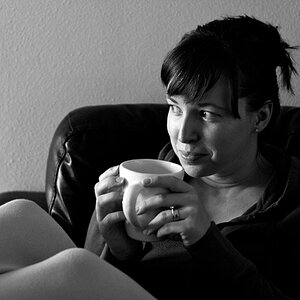
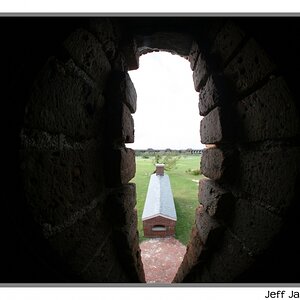
![[No title]](/data/xfmg/thumbnail/35/35215-cb01ff31834a4ee952045622f00781a5.jpg?1619736952)
